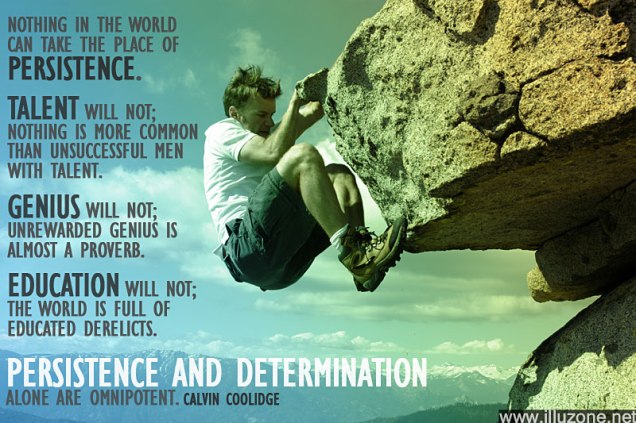Dangerous Children are best known for their competent multi-faceted independence. They master at least three means of financial independence by the age of 18, and never stop developing new skills.
Patchwork Kids are similarly known for their ability to take on multiple types of jobs and projects, as well as for their ability to find their way through all kinds of changing employment scenarios and career obstacle courses which one finds in rapidly evolving societies.
Many still cling to the notion of a dream job- a perfect opportunity that will afford success, fulfillment, and all that one desires. Whether such positions actually exist or are simply the stuff of myth and fantasy is disputable. But regardless, these ideals are false guides to those seeking professional growth and opportunity.
It is best not to be too attached to one particular career path in one’s life. Things are changing much too rapidly for most areas of employment. Occupations arise, reach a peak in demand, then go extinct — much like empires and biological species. It is best for children to learn multiple skills and competencies — including flexibility and resilience.
The underlying concept of patchwork occupational flexibility is far too important to allow it to be commandeered by any particular thinker or author, so take each interpretation of “Patchwork Principles” or “Patchwork Employment” with a grain of salt. The central framework of the Patchwork Kid strategy is to build into the child the ability to pursue multiple career paths, to be the master of one’s own occupational world, and to be prepared to evolve along with the needs and demands of both your own life and the times in which you live.
Lifelong learning is a prerequisite for most everything in life that is worthwhile; work is no exception. Although you will settle into a routine related to recordkeeping and other mundane tasks, you will likely never fully enjoy the “cruise control” mentality that you may now know in your 9-to-5 world. In contrast, as an entrepreneur you will be growing and learning in many directions at once. You alone will need to determine when you need to seek out a book, class, or mentor to guide you when you encounter new topics related to running your business, either to keep up with the industry in which you work or as you strive to honor your lifestyle framework. Are you able to ask for help when the need arises? Can your ego handle it? Are you willing to climb the learning curves that you will inevitably encounter?
… The Patchwork Principle is a freelance career strategy based on the simple idea that working for a number of employers simultaneously presents unique business opportunities and insulates you from sudden and total job loss… The Patchworker carries all of the standard responsibilities of the freelancer but has an agenda beyond earning money: life… A Patchworker is a freelancer who selectively accepts work based on lifestyle factors that they determine to be personally important.
The difference between a well prepared Patchwork Kid, and someone who is forced by circumstances to hold down multiple part-time jobs that they may or may not like, is that the Patchwork Kid consciously and skillfully navigates her way through the rapids and eddies of society’s occupational turbulence — having learned such resilient flexibility from the earliest age.
The patchworker is a new kind of employee working quite differently than the traditional freelancer. First, patchworkers are highly selective about the work they choose to accept because quality of life, dubbed lifestyle design, is paramount. Second and perhaps most notably, patchworking is the art and science of fishing for new, mostly unadvertised leads and pitching them to prospective employers. The competition in these situations is practically non-existent and the odds of landing the work are certainly in favor of the person pitching the solution. Patchworkers offer potential employers an immediate and practical solution to existing problems or present new ideas and an implementation plan.
Dangerous Children go A Step or Two Beyond
Patchwork Kids are quite capable of building satisfying lives for themselves and their loved ones. Having learned self-sufficiency and independence from childhood, and having put it into practise from the teen years onward, they will not readily give it up to tyrannical bureaucrats or self-important functionaries. When combined with concealed carry and reasonable training in firearm safety, maintenance, and operation, Patchwork Kids will form an important part of any competent society of the future.
Where Dangerous Children are conspicuously different than many Patchwork Kids, is in the many specifically Dangerous skills and competencies which Dangerous Children master. Trained to confront dangerous situations and their own fears from a very early age, the Dangerous Child tends to “size up” potentially hazardous situations very quickly, and often takes definitive action before even the smartest Patchwork Kid knows that anything is wrong.
Regardless, the many areas of similarity and overlap between the two types of training are enough to bring Dangerous Children and Patchwork Kids to a type of common understanding which allows them to work together on a broad range of projects and enterprises.
Hope for the best. Prepare for the worst. Make provisions for the turbulent times that are inevitable in any realistic future scenario.




